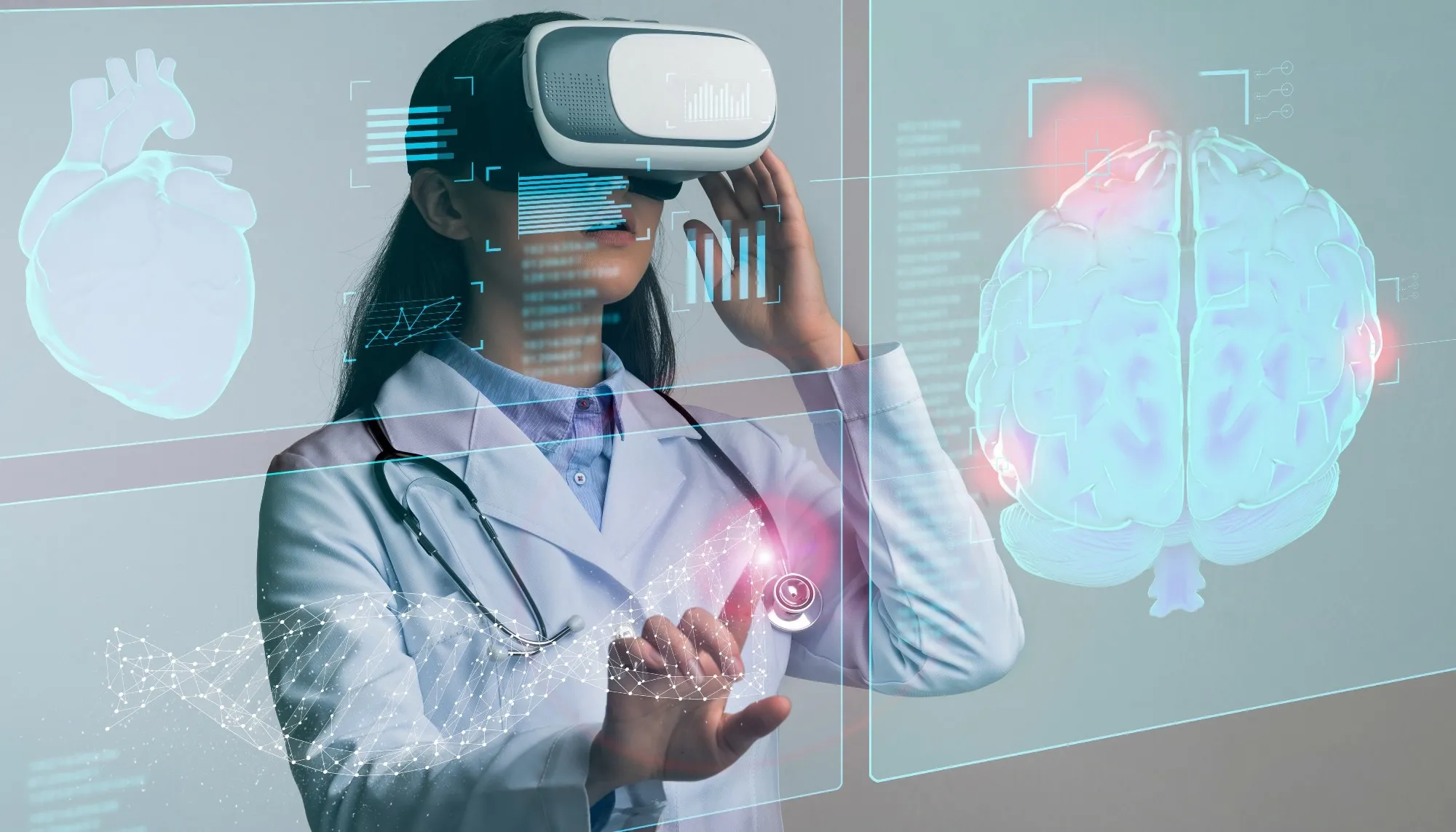Spatial Biology and VR in Cancer Diagnosis: A Game-Changer

Revolutionary Techniques in Cancer Diagnosis
The integration of Spatial Biology and Virtual Reality (VR) is paving the way for unprecedented advancements in cancer diagnosis. The SPACE platform exemplifies how these technologies converge to generate detailed 3D maps of tumors.
Impact of 3D Tumor Mapping
- Enhanced Visualization: Researchers can examine tumors from multiple angles, gaining insights previously unattainable with traditional methods.
- Predictive Analytics: By studying tumor dynamics in a 3D space, it's possible to anticipate patient responses to various treatments.
- Innovative Research Opportunities: This technology supports the development of tailored therapies, potentially increasing efficacy in cancer treatment.
Future Implications for Cancer Treatment
The synergy of spatial biology and VR not only aids in understanding tumor architecture but also signifies a step toward personalized medicine. As studies continue, the promise of more accurate diagnoses and targeted therapies becomes a tangible reality.
This article was prepared using information from open sources in accordance with the principles of Ethical Policy. The editorial team is not responsible for absolute accuracy, as it relies on data from the sources referenced.